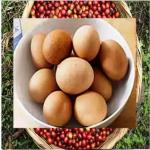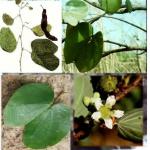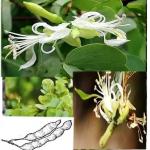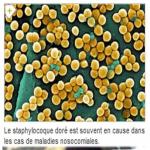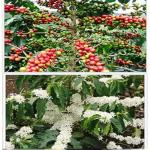Coffee tree and coffee.
1-Identification
French Name: Coffee Maker
Scientific name: Coffea arabica
Family: RubiaceaeActive substances: Caffeine
Parts used: Seeds and leaves
Presentation: coffee powder, soluble coffee, coffee seeds, liquid coffee, etc.
Please reach us at http://wa.me//+22967546677
Shrub or small tree reaching 4 to 10 meters high, it has long roots that sink deep into the ground. The many branches carry elongated, dark green, shiny leaves. They are opposite and rather clustered at the end of the twigs. Inflorescence in bouquets composed of 8 to 15 white flowers growing in the axilla of the leaves and along the stems. The fruit is a green berry, then red at maturity containing 2 seeds. There is a lot coffee varieties, two of which are essential: the arabica variety and the robusta variety
Habitat:
Originating in Ethiopia where it grows spontaneously, coffee is very widespread and cultivated in the Guinean zone and especially in Ivory Coast and Ghana. For a long time, RCI remained the leading producer of coffee and cocoa. It is also cultivated in Arabia, India and the Caribbean and mainly in South America, with Brazil in the lead.
Ecology and culture
Coffee is a very demanding plant that requires fresh, deep, quite rich and particularly well drained soils. The presence of other species suits it well if it can benefit from a subdued sun. It is very sensitive to dry and violent winds and requires a monthly precipitation of 150 millimeters of water; between 18 and 30°C, its growth is optimal. Seedling reproduction of healthy and ripe seeds is carried out in a shaded nursery with a spacing of 5 centimeters and a depth of 2 centimeters. Lifting takes place 2 months after sowing. When the plants have 6 leaves, they will be lightened by leaving between them a gap of 20 centimeters. When they reach 30 centimeters in height, they are prepared so that final positioning takes place at the beginning of wintering in holes dug and filled with topsoil, 2 months in advance
Vernacular names: Coffee
2-Properties
Stimulant, tonicardiac, diuretic, febrifuge, antirheumatic and a little aphro.
3-Therapeutic indications
Fatigue, fever, headache, migraine, rheumatism, influenza, hypotension, circulation problems, etc.
Side effects: Insomnia, palpitation, nervousness, risk of addiction,
4- uses
—Fatigue
A cup of black or sweetened coffee preferably with brown sugar or honey is a good stimulant that keeps the whole body awake for a few hours. White sugar increases the risk of long-term palpitation and is not good for adult health. From the age of 40, white sugar should be avoided to protect vitamins A and limit the risk of diabetes.
—Migraine, headache, pain, fever, flu.
A cup of black coffee with lemon sugar-free does good in the head, lowers fever and relieves rheumatic pain.
Drinking green, coffee also lowers fever and rheumatic pain. A handful of cartilage nuclei are crushed in half a liter of water and drunk.
—Hypotension and diuretic
A good cup of roasted coffee consumed black is a cardiac tonic for hypotensive patients and a good diuretic. It's a good nervous system tonic. It activates brain function and wake the tired brain.
—Anemia, parasites, bronchitis.
A salted leaf of the leaves is a good antianemic, depurative and antiparasitic herbal tea.
NB: Coffee should be taken with moderation because of the risks of addiction, palpitation, high blood pressure, excitement and nervousness. Do not exceed 3 teaspoons per day.
An essential oil contained in the green fruit is transformed after roasting into an aromatic essence containing numerous compounds. Thus, the powder dried and roasted coffee beans can be used for pleasantly perfuming medicinal powders. I am talking about whole coffee and not soluble coffee and if you have the choice, prefer whole coffee to soluble coffee or, failing that, liquid coffee.
Please reach us at http://wa.me//+22967546677
Click below to order clove oil
Book an appointment with lady feranmi on
Add a comment



